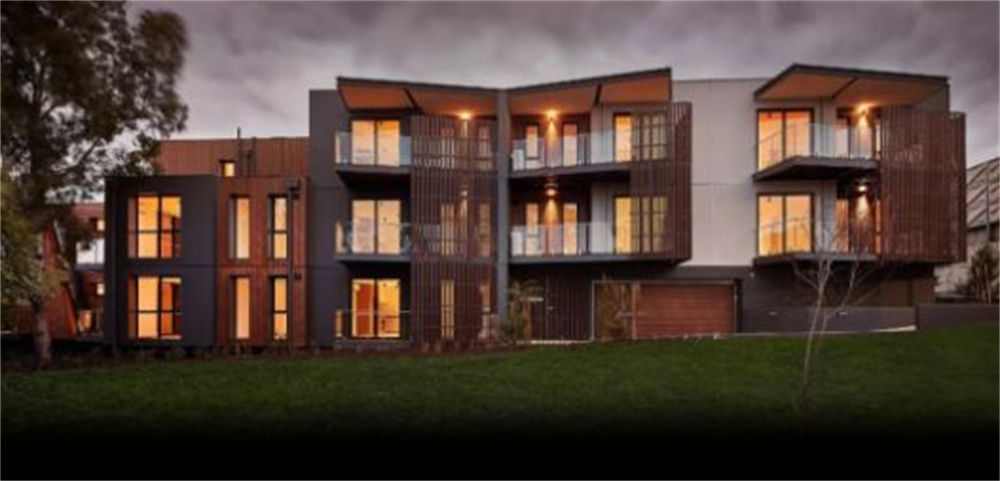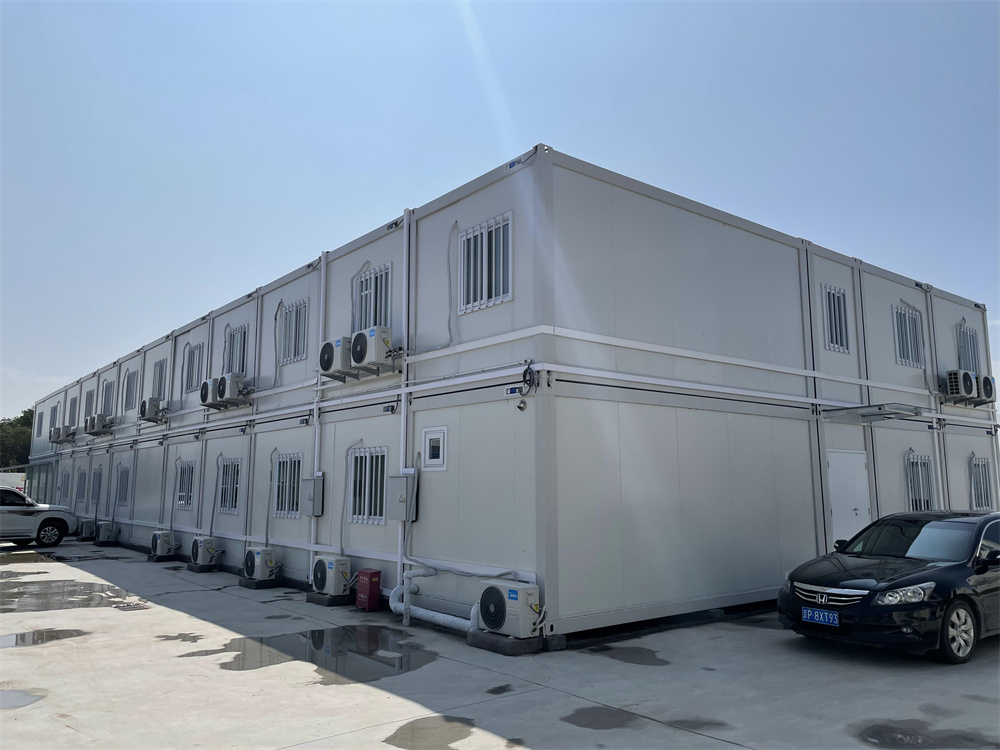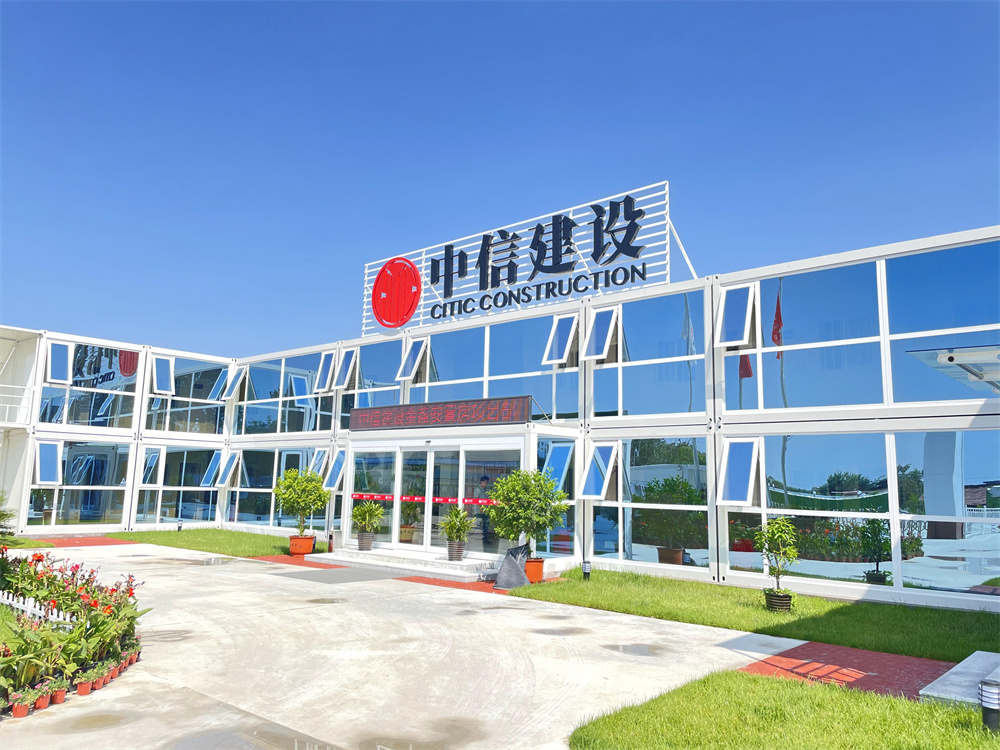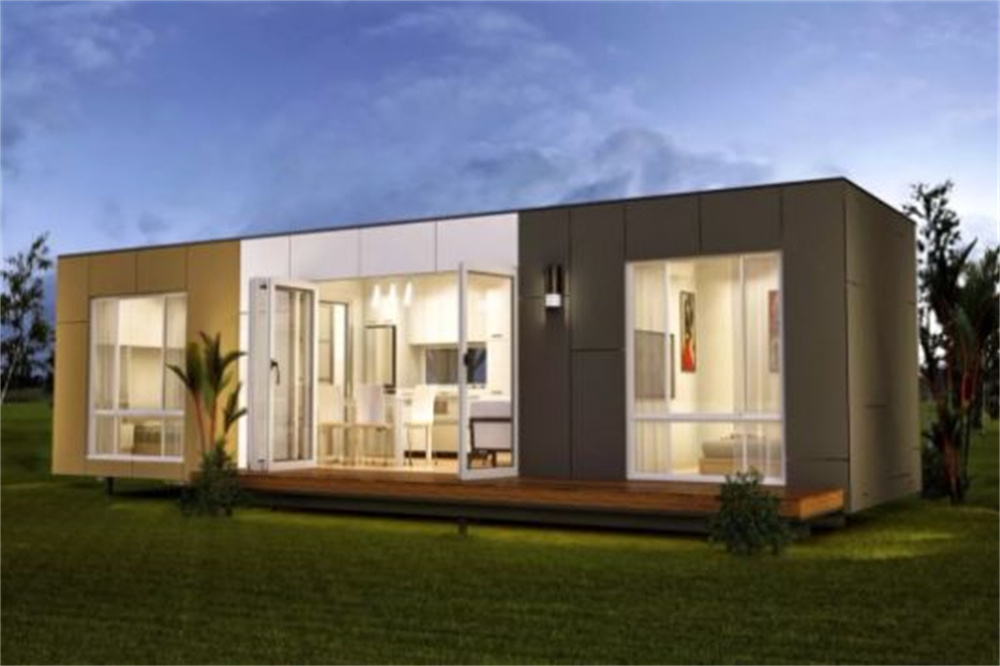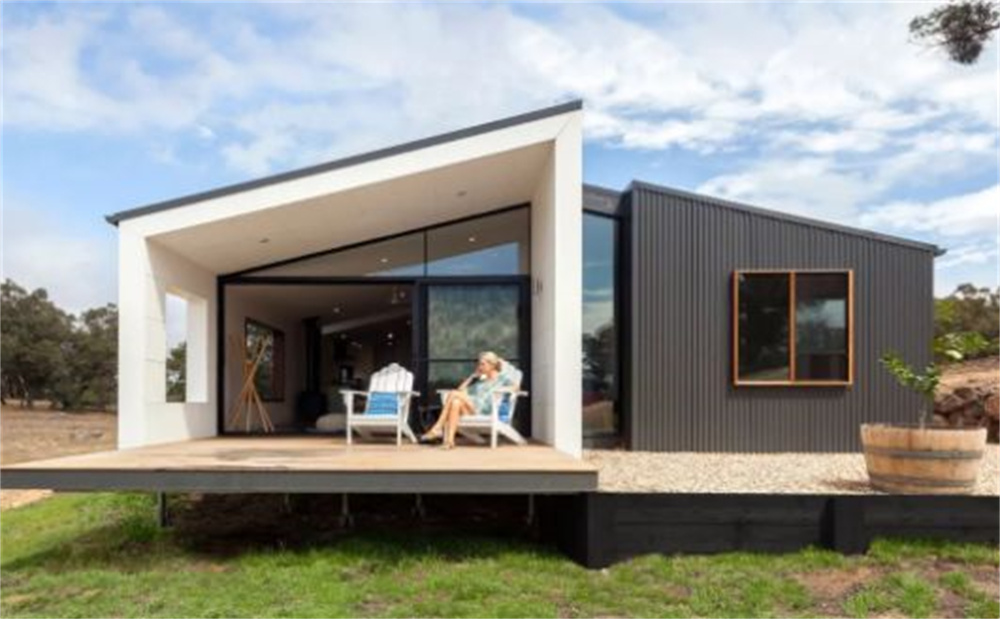Modular houses, also known as prefabricated buildings, are built using industrial production mode. Some or all of the components are built by prefabricating in a factory and then transporting them to the construction site to be assembled by reliable connections. It is called industrial residence or industrial residence in Western and Japan.
China’s modular housing can be traced back to the 1980s, when China introduced modular housing from Japan and built hundreds of low-rise villas with light steel structure. Then in the 1990s, several foreign companies entered the domestic market and built several multi-storey light steel integrated residential buildings
in Beijing, Shanghai and other places. It is only in recent years that the integrated building business has been gradually developed on a large scale. At present, a preliminary system has been formed in China in research and development, design and manufacturing, construction and installation.
How big is the potential size of the market?
1. Private housing market
According to estimates, the annual increase of urban villas and rural single-family houses is expected to be about 300,000, corresponding to the penetration rate of short-term integrated housing, and the demand for low-rise integrated housing in this market segment will be about 26,000 in 2020. In the future medium and long term,
the annual demand for low-rise integrated housing is about 350,000 units.
2. Tourism and vacation market
As domestic tourism is still in the input stage, this direction only as a short – and medium-term market growth engine. It is estimated that the investment in construction will be about RMB 130 billion by 2020, and it is estimated that the market value of low-rise integrated housing will be about RMB 11 billion.
And the hotel investment, given the overall slowdown in the domestic hotel industry, is expected to bring about 680,000 square meters of market demand by 2020.
3. Pension market
According to the planning of the Ministry of Civil Affairs, there will be a construction gap of 2.898 million beds in China by 2020. Based on this calculation, if the penetration rate of integrated housing reaches 15% by 2020, old-age care real estate will bring a corresponding new construction demand of 2.7 million square meters.
Generally speaking, combined with the above calculation, in the next 3-5 years, the market size of low-rise buildings will be about 10 billion yuan in the short term, and it will become 100 billion yuan in the long term in 15-20 years.
Chance
1. Urbanization continues
There is still much room for improvement in the housing conditions of The Chinese people. In 2014, the Government issued <the National New Urbanization Plan> (2014-2020), which clarified the goal of further promoting the urbanization process. On the one hand, in the process of old city demolition and residents migration in the process of urbanization,
the daily life of residents must be guaranteed, so a large number of houses need to be built quickly in some areas with insufficient housing resources. On the other hand, the construction of the new city pays more attention to environmental protection and energy saving than before. This further solidifies the fact that prefabricated integrated houses provide fertile ground for activity.
2. The tourism industry is on the upswing
With the increase of social wealth and the trend of consumption upgrading, the tourism consumption of Chinese citizens is in the stage of explosive growth. According to the 2016 China Tourism Investment Report released by the National Tourism Administration, the tourism industry continues to heat up and is a new outlet for social investment.
Among them, infrastructure construction, park construction, catering and shopping consumption projects are the main investment directions, and these areas are expected to become new growth points of low-rise integrated housing business.
3. Aging coming
Aging not only forces the development of prefabricated buildings at the level of labor resources, but also elderly housing is one of the important market segments at the level of demand. Although the vacancy rate of beds in existing pension institutions has yet to be improved due to price and service integrity, in general, there will be more beds for the elderly in China in the short term.
What factors drive the development of the industry?
1. Worker shortages and rising labor costs
In recent years, China’s fertility rate has decreased, the aging society is coming, and the advantage of demographic dividend has been lost. At the same time, with the development of the Internet industry, more young labor force engaged in express delivery, takeout and other emerging industries. This has made it harder and more expensive to hire construction workers.
Compared with the traditional construction, the assembly integrated building uses fine division of labor to greatly improve production efficiency and reduce labor demand. And factory prefabricated production can give full play to scale effect, so as to gain cost advantage in the competitive environment of rising labor costs.
2. Environmental protection and energy saving
In recent years, the demand of social environmental protection is increasingly prominent, the voice of protecting wood, reducing the discharge of sewage waste gas and construction waste is increasing day by day, the building materials of steel structure and its buildings have natural advantages in this respect.
3. Economic efficiency
The domestic economy has entered the current stage of steady growth after the end of ultra-high-speed growth, so enterprises begin to pursue a more efficient economic organization form. To shorten the construction period and accelerate the business turnover is the common demand of many enterprises, and integrated housing is a good solution.
4. Government incentive policies
Prefabricated buildings are encouraged by the government and supported by many policies. In fact, the government introduced a <Much starker choices-and graver consequences-in fabricated building action plan> and <the State Council general office on guidance of vigorously developing the prefabricated construction>Policy guidance, such as in the general direction has been clear about the industry development goals,
by 2020 the national prefabricated construction accounted for 15% of new buildings, the basic requirements in more than 30% by 2025. At the level of concrete implementation, local governments at all levels have also introduced practical policies, including those for developers and builders,There are requirements on the assembly rate for new development applications, and incentives such as tax breaks or one-time rewards are
provided to enterprises meeting the requirements. There are also incentives for consumers to purchase prefabricated housings.
Post time: May-13-2022

